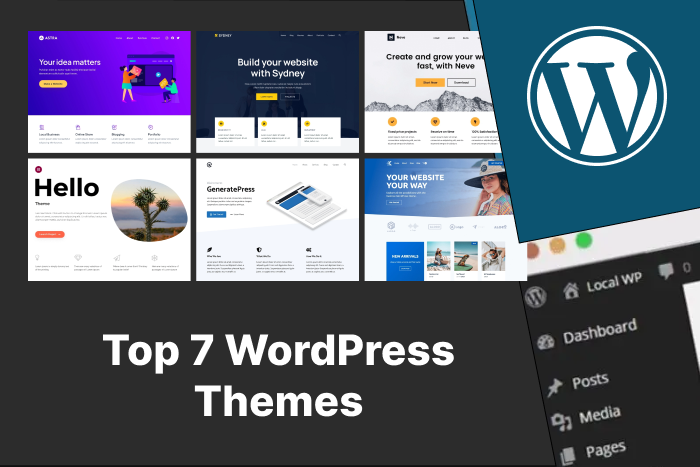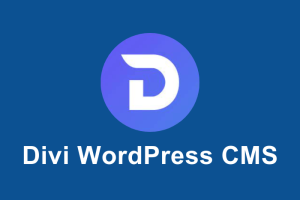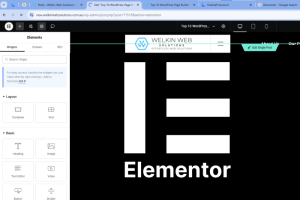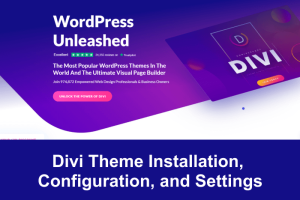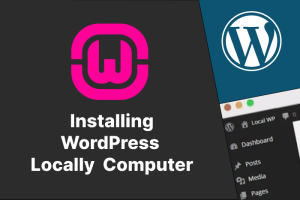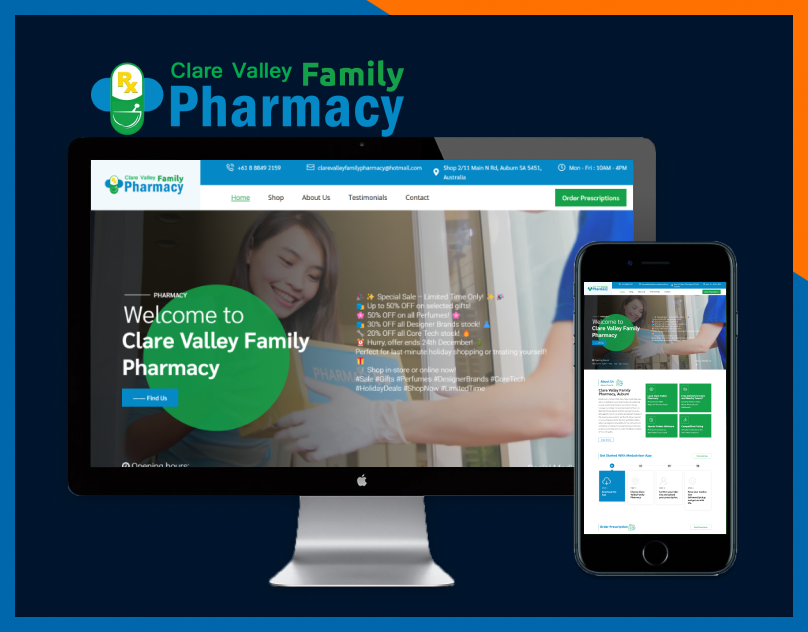Table of Contents
The WordPress repository offers over 10,500 free themes, and that number continues to rise daily. But how do you identify the best options? Should you really spend your time testing every theme you find appealing and analyzing all the performance metrics, scores, and milliseconds? Let’s face it – that’s not a task you’d want to dedicate your whole day to. Fortunately, we’ve done the hard work for you! Instead of wasting time activating, deactivating, testing, jotting down results, and making comparisons, keep reading to discover the 7 WordPress themes that emerged as the top choices from our extensive research and testing.
How We Evaluated the Top WordPress Theme Options for Optimal Core Web Vitals
Note: The most effective method to estimate a theme’s performance in real-world scenarios without creating traffic is to depend on lab-based Core Web Vitals. Our experience indicates that themes that achieve good scores in LCP, CLS, and TBT in a lab setting are more likely to deliver similar positive outcomes in actual use.
We initiated our research by compiling an extensive list of themes that our WordPress developers had previously worked with, as well as themes that are popular in the WP repository. Next, we embarked on the lengthy process of speed testing:
– We installed and activated the theme on a fresh WordPress installation.
– We kept the theme unchanged—without any additional content, menus, pages, posts, or plugins.
– We then assessed the website using Google’s PageSpeed Insights.
– We also tested the theme with GTmetrix.
– Finally, we ran the theme through the Pingdom Speed Test.
– We collected all the results for comparison.
We chose to utilize three different testing tools because each one has its own standards and metrics. Our goal was to ensure that no single tool provided skewed results compared to the others.
For each tool, we focused on monitoring specific metrics:
PageSpeed Insights
Google’s PageSpeed Insights (PSI) is the preferred tool for evaluating a theme’s speed and Core Web Vitals. Since we lacked real-world traffic, we concentrated on the Performance Score and its metrics for both mobile and desktop.
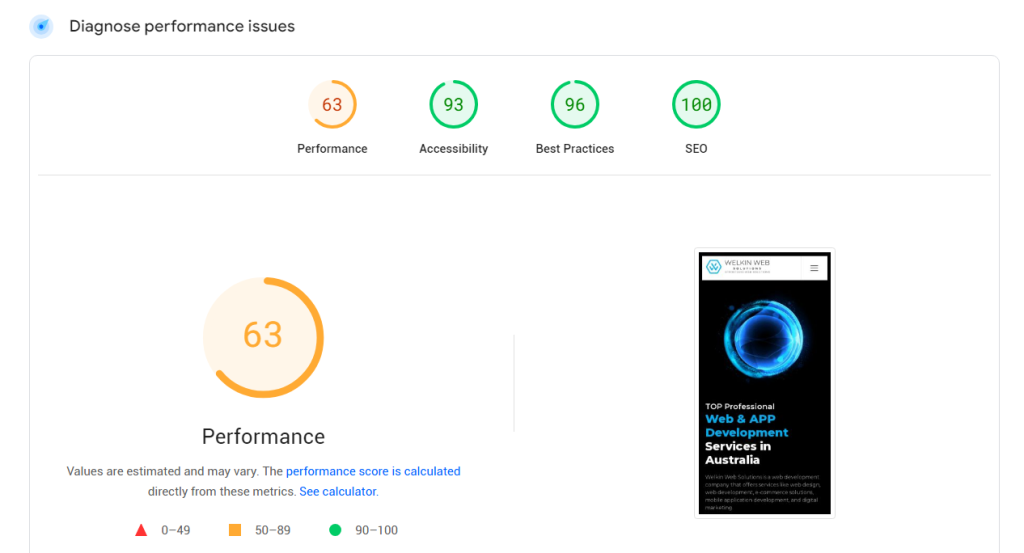
Here are the metrics we concentrated on:
Performance Score. This score ranges from 0 to 100 and is determined by various metrics – LCP, CLS, Speed Index, TBT, and FCP, each carrying a different level of importance.
First Contentful Paint. FCP refers to the duration it takes for the browser to render the first piece of DOM content.
Largest Contentful Paint. LCP assesses the time required for the largest above-the-fold element to load on a webpage.
Speed Index. This metric indicates how swiftly the contents of a page are visibly displayed, with lower values being preferable.
Total Blocking Time. This metric reflects how unresponsive a page is before it becomes fully interactive.
Cumulative Layout Shift. CLS evaluates the impact of unexpected layout shifts on the user experience of a webpage.
GTmetrix
GTmetrix evaluates a website’s speed and optimization, serving as a useful resource for pinpointing performance problems and assessing if a theme has an overabundance of superfluous files.

The metrics we focused on included: GTmetrix Grade. This is a composite score derived from both the Performance and Structure scores. Performance Score. This refers to the Lighthouse Performance Score obtained from GTmetrix, incorporating its unique audits, Analysis Options, browser, and hardware specifications. Structure Score. This is a proprietary evaluation based on Lighthouse and Custom GTmetrix audits, indicating how effectively a theme/page is designed for optimal performance. Web Vitals. These are lab-based Core Web Vitals metrics that assess whether a theme/page provides an excellent overall user experience. Load time. This measures the duration it takes for a web page to completely load.
While Pingdom and GTmetrix have some common features, we like to utilize both tools at the same time since they offer distinct metrics. Additionally, Pingdom allows for convenient testing of a web page from various locations. All themes have been evaluated from North America – USA – Washington D.C.
Top WordPress Themes for Achieving Core Web Vitals in 2024
Let’s dive into a comprehensive analysis of each competitor, covering features, pricing, and performance outcomes.
1. Twenty Twenty-Three - Best buds with Gutenberg
Features, pricing, performance results – let’s get started with a detailed overview of each contender.

The default Twenty Twenty-Three theme has been designed to leverage the newest design tools introduced in WordPress 6.1. This theme features a clean and straightforward foundation, offering ten unique style variations contributed by the WordPress community. With Twenty Twenty-Three, you can effortlessly build a website of any complexity, whether by using the pre-designed styles or by customizing it to suit your preferences. What stands out about the latest default WordPress theme is its simplicity and lightness. Twenty Twenty-Three is adaptable and ideally suited for Gutenberg’s site editing capabilities, including template editing, style variations, typography, and block patterns.
Price: Free
Active installations: 800,000+
Best features: Minimalist design, lightweight, pre-designed styles
Suitable for: Testing environment and building a variety of websites
What our tests showed
Twenty Twenty-Three delivered outstanding outcomes across all three assessments. Even more significantly, its lab-based Core Web Vitals were in the green, which is essential for achieving excellent performance in real-world scenarios.
In the PSI tests, it achieved a perfect score of 100/100 on both mobile and desktop platforms. Additionally, it received an A grade in GTmetrix, boasting a performance score of 98% and a structure score of 100%, with a load time of 1.4 seconds. Our tests with Pingdom validated the “lightweight” designation of Twenty Twenty-Three, as it had a mere 26.3KB page size, making it the standout choice among all the themes we evaluated.
2. Hello Elementor - The Ecommerce go-to
Elementor powers 8.0% of all websites, which is understandable given its user-friendly interface for web page creation. The same team that developed this popular page builder has also launched a fast and lightweight theme known as Hello Elementor. This theme is promoted as being quick and adaptable. As anticipated, it works flawlessly with Elementor and a variety of other plugins, including WooCommerce, Advanced Custom Fields, Yoast, and more. Additionally, it provides over 100 pre-designed templates, enabling you to build a fully functional website from the ground up.
Price: Free
Active installations: 1+ million
Best features: Lightweight, 100+ ready-made designs, customizable
Suitable for: Building a website from scratch
What our tests showed
Like Twenty Twenty-Three, Hello Elementor got excellent CWV results both on desktop and mobile.
It achieved top scores on GTmetrix and Pingdom. In fact, our tests on Pingdom placed it as the second-lightest theme, with a loading time of 520ms, identical to that of the default WordPress theme. It’s important to note that while it is advertised as lightweight, Hello Elementor lacks customization options on its own. To enhance its functionality, you will need to incorporate Elementor as a page-building tool, which could potentially impact your website’s performance.
GeneratePress - The block-based one
GeneratePress is a WordPress theme that focuses on speed, usability, and accessibility. Its integration with Gutenberg provides you with the flexibility to create your content freely. If you prefer using page builders, you’ll be pleased to know that GeneratePress is fully compatible with all major options, such as Beaver Builder and Elementor. The theme is completely responsive and has been translated into more than 25 languages. Additionally, it offers over 60 color controls, robust dynamic typography, five navigation locations, five sidebar layouts, dropdown menus, and nine widget areas.
Price: Free; $59/yearly, $249/lifetime
Active installations: 500,000+
Best features: Speed-oriented, responsive, compatible with page builders
Suitable for: All kinds of websites
What our tests showed
During our search for themes, we were intrigued by GeneratePress’ claim of “100% Page Scores.” This piqued our interest, and we were keen to put it to the test. We can confidently say that GeneratePress not only made bold claims but also delivered impressive results, achieving almost flawless performance scores across all three assessments:

We were taken aback by the findings regarding page size. After testing our website with Pingdom, we found the page size to be 37.7KB, which is somewhat different from the “7.5KB” they claim on their site.
4. Neve - The versatile
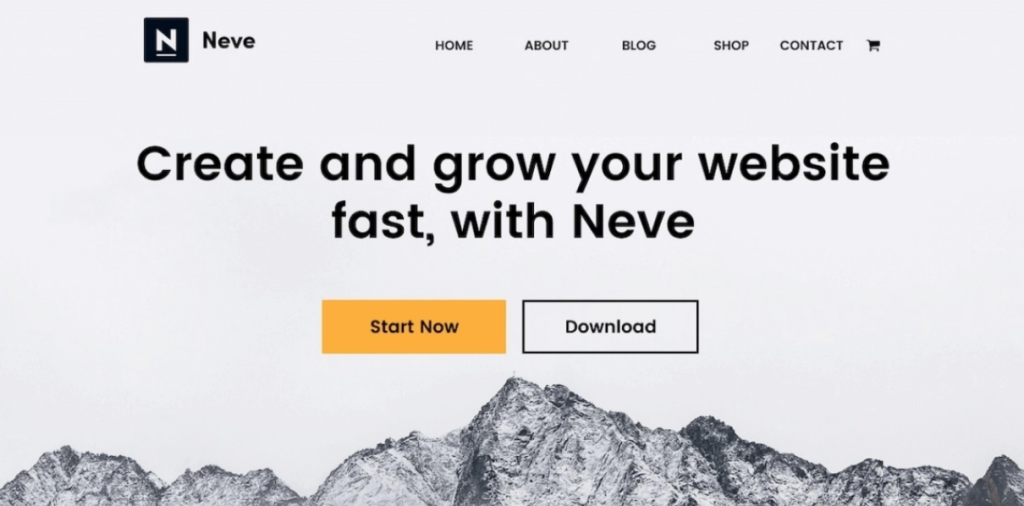
Neve is a flexible and fast theme that can be tailored for a variety of uses. It is perfect for bloggers, small enterprises, startups, agencies, firms, and e-commerce stores utilizing the WooCommerce platform, as well as personal portfolio websites and numerous other projects.
It is designed for AMP and responsiveness, guaranteeing quick loading speeds and optimal presentation on any device. Despite its minimalist aesthetic, Neve can be easily expanded and includes highly SEO-friendly code that can lead to high rankings on Google search results.
Neve is also compatible with Gutenberg and well-known page builders like Elementor, Brizy, Beaver Builder, Visual Composer, SiteOrigin, and Divi.
Price: Free; $69/year; $149/year; $249/year
Active installations: 300,000+
Best features: Responsive, SEO-optimized, minimalist design
Suitable for: A wide range of purposes and sites
What our tests showed
Regarding Core Web Vitals and performance scores, Neve is as good as the previous options.
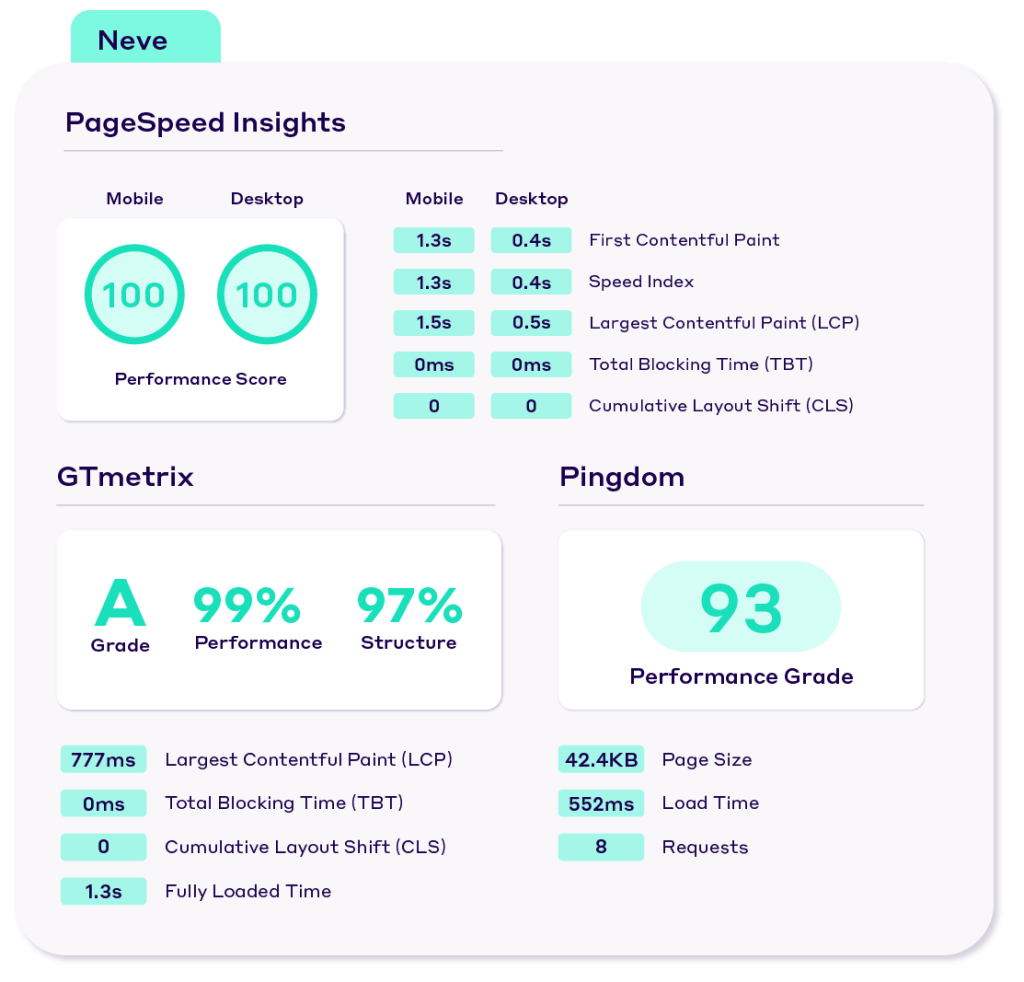
The reason it comes fourth on our list is the page size and load time, but that shouldn’t stop you from testing it.
One of the benefits of Neve is that it employs vanilla JS rather than a framework such as JQuery. This contributes to an improvement in performance and results in a more responsive website.
5. Sydney - Freelancers love it
Sydney is a robust theme that allows businesses or freelancers to quickly establish a remarkable online presence.
This theme is fully compatible with Elementor and offers various customization options, including access to all Google Fonts, complete color control, layout control, logo upload, full-screen slider, header image, sticky navigation, and many other features.
Additionally, Sydney provides all the necessary building blocks to promptly create an appealing page.
Price: Free; $69/yearly, $99/year; $199/lifetime
Active installations: 100,000+
Best features: Access to Google Fonts, color control
Suitable for: Business websites
